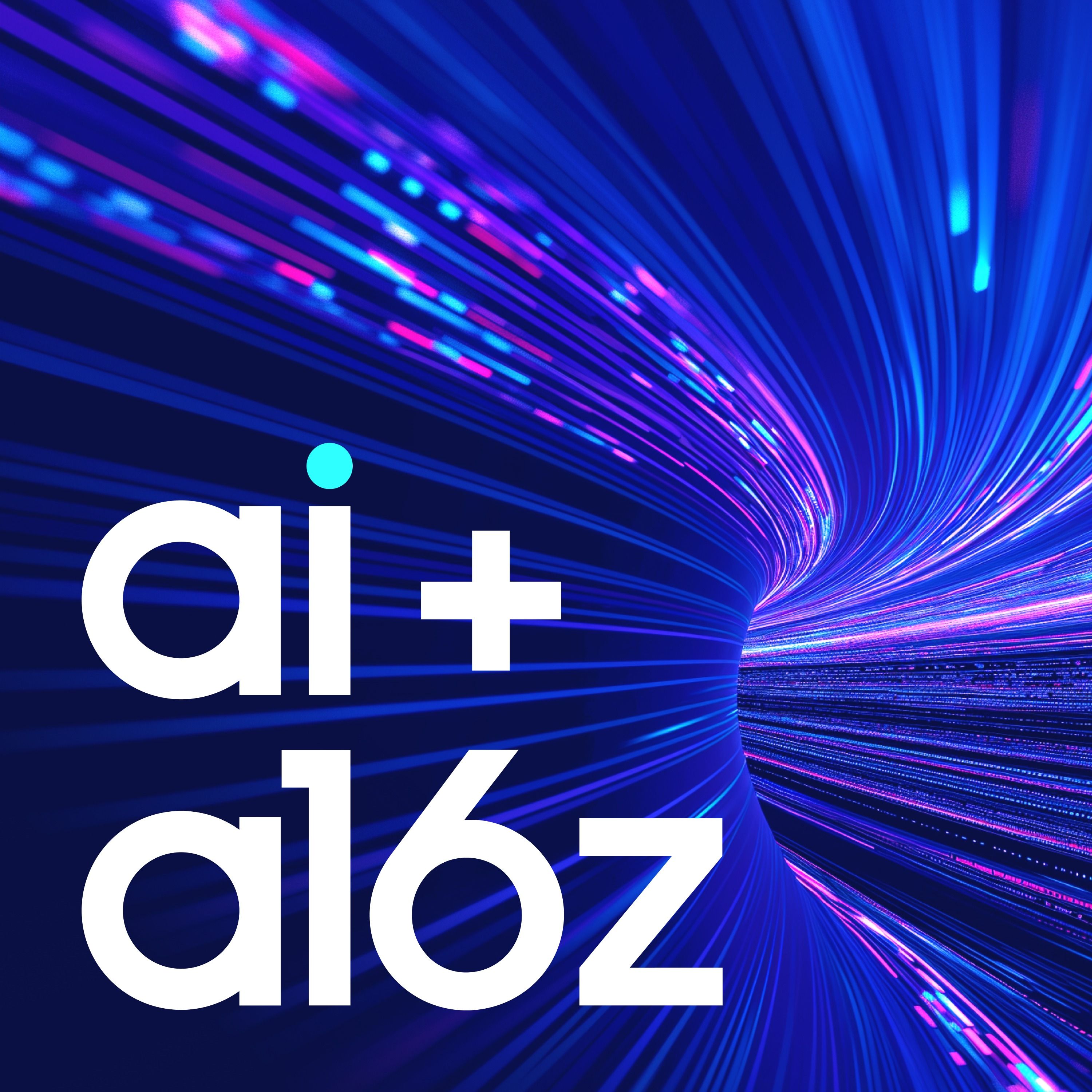
Building Developers Tools, From Docker to Diffusion Models

AI + a16z
Deep Dive
Why did Ben Firshman focus on building tools for developers at Replicate?
Ben was inspired by the challenges faced by machine learning researchers, particularly the difficulty of turning academic papers into running software. He saw an opportunity to create tools that could bridge the gap between research and production, similar to how Docker simplified software deployment.
What are the key differences between multimedia AI models and language models in terms of application diversity?
Multimedia models like Stable Diffusion allow for a wide variety of creative applications, from image generation to video editing, which were previously impossible. Language models, on the other hand, are more limited in their applications, often resulting in similar-looking chat or code-based tools.
How has the GPU crunch impacted Replicate's operations?
Initially, Replicate could easily access GPUs, but as demand surged, they had to purchase large blocks of GPUs to ensure availability. They now offer a mix of high-end GPUs like A100s and H100s for training, along with more cost-effective options like L40s and T4s for inference.
What lessons did Ben learn from his experience at Docker that influenced Replicate's strategy?
Ben learned that building a bottoms-up developer business requires starting with individual developers, then scaling to teams, and eventually targeting enterprises. Docker's early focus on enterprise sales alienated the developer community, which was the core user base.
What are some common mistakes developers make when building AI applications?
Developers often underestimate the complexity of turning prototypes into real products. AI systems require significant duct tape and heuristics to function reliably in the real world, which can be time-consuming and challenging.
How does Replicate handle the diversity of AI models on its platform?
Replicate hosts over 20,000 models, with many coming from fine-tuning existing models for specific styles or objects. Users also pipeline models together to create unique combinations, such as combining language models with image generators for multimedia applications.
What advice does Matt Bornstein have for founders entering the AI space?
Matt advises founders not to overreact to market fluctuations, as AI companies often experience periods of rapid growth followed by slower months. Staying the course and focusing on long-term vision is key to success in this dynamic market.
What role does open source play in Replicate's ecosystem?
Open source is central to Replicate's multimedia models, with the community heavily contributing to model development and sharing. For language models, proprietary models like GPT still dominate, though open-source alternatives like LLaMA are gaining traction.
How does Replicate balance ease of use with developer flexibility?
Replicate offers high-level APIs for quick integration but also provides open-source tools like Cog, allowing developers to customize models and deploy them on their own infrastructure if needed. This balance ensures developers can start easily but still have the flexibility to scale.
What trends does Ben see in the future of AI development tools?
Ben predicts that AI will become more integrated into the software development stack, with higher-order systems emerging from combinations of lower-level components. These systems will combine language models, image models, and traditional software to create new, more powerful applications.
- Docker's initial focus on enterprise sales proved ineffective.
- A bottoms-up approach, starting with developers, is more sustainable.
- Growth should be gradual, expanding to larger clients over time.
Shownotes Transcript
In this episode of AI + a16z, Replicate) cofounder and CEO Ben Firshman, and a16z partner Matt Bornstein, discuss the art of building products and companies that appeal to software developers. Ben was the creator of Docker Compose, and Replicate has a thriving community of developers hosting and fine-tuning their own models to power AI-based applications.
Here's an excerpt of Ben and Matt discussing the difference in the variety of applications built using multimedia models compared with language models:
**Matt: **"I've noticed there's a lot of really diverse multimedia AI apps out there. Meaning that when you give someone an amazing primitive, like a FLUX API call or a Stable Diffusion API call, and Replicate, there's so many things they can do with it. And we actually see that happening — versus with language, where all LLM apps look kind of the same if you squint a little bit.
"It's like you chat with something — there's obviously code, there's language, there's a few different things — but I've been surprised that even today we don't see as many apps built on language models as we do based on, say, image models."
**Ben: **"It certainly maps with what we're seeing, as well. I think these language models, beyond just chat apps, are particularly good at turning unstructured information into structured information. Which is actually kind of magical. And computers haven't been very good at that before. That is really a kind of cool use case for it.
"But with these image models and video models and things like that, people are creating lots of new products that were not possible before — things that were just impossible for computers to do. So yeah, I'm certainly more excited by all the magical things these multimedia models can make."
"But with these image models and video models and things like that, people are creating lots of new products that were just not possible before — things that were just impossible for computers to do. So yeah, I'm certainly more excited by all the magical things these multimedia models can make."
Follow everyone on X:
Learn more:
Check out everything a16z is doing with artificial intelligence here), including articles, projects, and more podcasts.